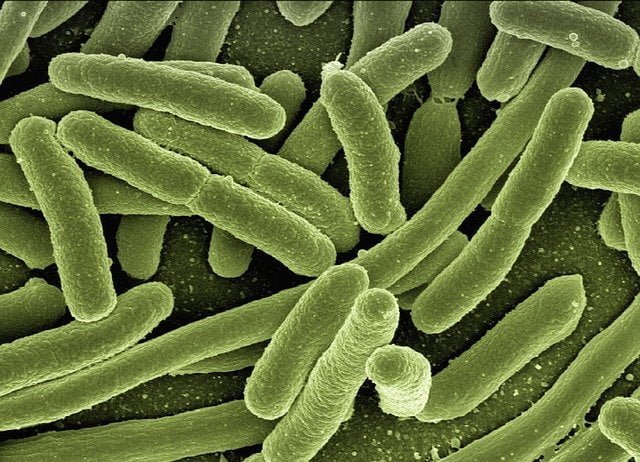
ovulation signs
ovulation signs
If you’re trying to get pregnant, your chances will improve if you have sex at a certain time in your menstrual cycle. Knowing when you’ll ovulate — when an egg is released from your ovaries — is key to knowing the right time.
When you are most fertile
The five days leading up to ovulation, along with the day of ovulation, are the days when you are most likely to get pregnant. Sperm can live up to 5 days inside your body, so if you have sex up to 5 days before the egg is released, you can get pregnant. After ovulation, the egg can only live for 12 to 24 hours. After this time is up, the time for conception is now past until the next month.
Your chances of getting pregnant are highest in the three days leading up to and including ovulation.
anticipate ovulation
Ovulation usually occurs in the middle of your menstrual cycle, about 14 days before the first day of your next period, but the exact time may vary. Although the signs that you’re about to ovulate may be subtle, there are a few things you can watch out for and track over time to help you predict your fertile period.
changes in mucus
Observing how your vaginal secretions change during your period is the basis of the Billings method of ovulation. Around the time you ovulate, you may notice that your secretions are clear, stretchy, and slippery — similar to egg whites. After ovulation, when the chances of conception decrease, the discharge tends to become cloudy and thick, or disappear completely.
changes in body temperature
When you have just ovulated, your body temperature may rise very slightly, by about half a degree Celsius. If you are using temperature as a way to keep track of when you are most fertile, you need to use a special thermometer to take your temperature every morning before you get out of bed. If you record the readings each day using a graph or spreadsheet, it is possible to see your pattern over time. The time when you are most fertile is two to three days before the temperature rises.
Other signs
There may be other signs that you are approaching the time of ovulation, such as mild abdominal cramps, breast tenderness, or an increased sex drive. However, using these signs to predict fertility is not the most reliable method.
Use of ovulation calculators and kits
Ovulation calendars and kits can also help you predict ovulation.
Ovulation calendars are available on websites such as www.yourfertility.org.au, and use the date of your last period and the length of your cycle to predict when you are likely to be most fertile.
Home ovulation predictor kits are available from pharmacies. You use the kit a few days before your expected day of ovulation, to test for a high level of a hormone called luteinizing hormone (LH) in your urine. A positive result indicates that you will ovulate within the next 24 to 36 hours.
A blood test, which your doctor can order, can detect ovulation by measuring progesterone levels.
If you’re trying to get pregnant, there are also a number of other things to consider, such as taking folic acid, maintaining a healthy diet and making sure your vaccinations are up to date.



